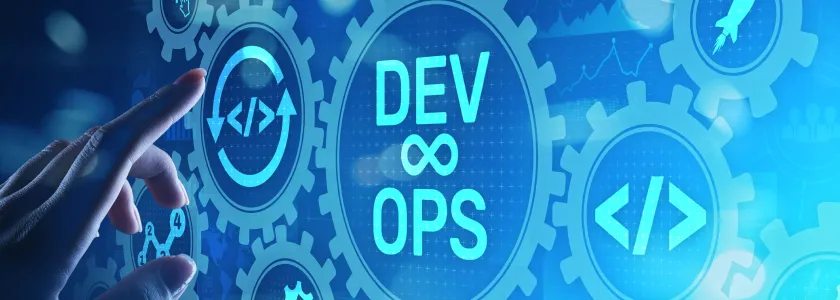According to Puppet.com’s DevOps report, companies that practice DevOps are twice as likely to exceed their goals of profitability and market share. They also enjoy 30 times more frequent deployments, 60% higher change success rates, and 60 times fewer failures. These results are not limited to major enterprises with billion-dollar developer teams — you can achieve them yourself, no matter how small your team is.
Atlassian utilizes its entire product stack ( Jira Service Desk, Bitbucket, Bamboo, Confluence, HipChat ) in its internal development processes, allowing them to achieve faster, higher quality releases. To maximize productivity and collaboration, they:
- Use Confluence and Jira to organize customer feedback and list requirements
- Use Bitbucket to code collaboratively, facilitating faster reviews with pull requests
- Use Bamboo to automate builds, tests, and releases. ( They also combine Bamboo with Docker for even faster, more efficient deployment )
- Use Jira Software’s release hub for full visibility across all their branches, builds, pull requests, and deployment warnings
- Use Jira Service Desk to track and resolve incidents, once the new feature is running
- Use Jira Service Desk to deliver continuous feedback to development teams so they can plan new releases, fix bugs, and deliver faster, more reliable software to customers
1. Use HipChat throughout the process to add an extra layer of communication and collaboration
In addition to utilizing this integrated workflow, Atlassian has developed a culture that understands DevOps isn’t any one person’s job — it’s everyone’s job.
Our new DevOps 101 white paper, curated from Atlassian, shares how to create the culture changes necessary for a successful DevOps process. It also demonstrates how to streamline your delivery process with continuous delivery, effective software and hardware pipelines, and efficient incident handling procedures. Finally, it shares how the Atlassian team performed ten times more builds without adding a single person to their team.
Download the full white paper in our Resource Library





